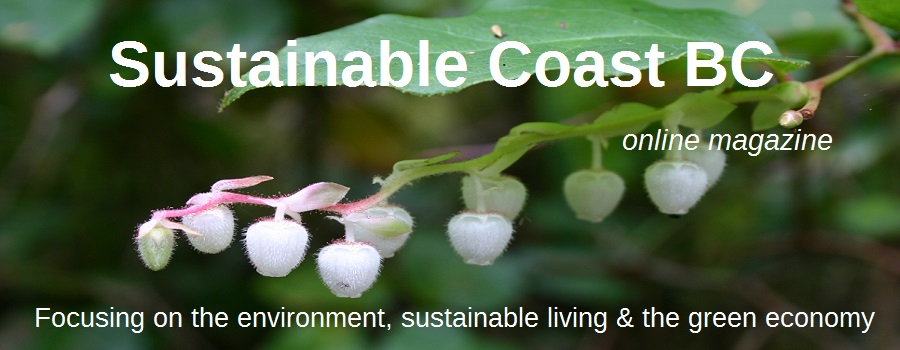News
Siting an estimate of less than 2% original old growth forest left in the Mt. Elphinstone forest, the Elphinstone Logging Focus (ELF) group has succeeded in calling for a 110 acre (44 hectares) cut block to be placed into an Old Growth Management Area (OGMA). The area is located on the lower slopes of Dakota Ridge. An OGMA protects remnants of old growth forests to help increase bio-diversity in a fragmented landscape.
Members of the ELF group made a field trip into the area on November 22. They found and documented very tall firs over 220 ft. high and ancient yellow cedars that are over 800 years old. They also came across dozens of cedars that showed signs of modification, perhaps by historic First Nations use.After viewing pictures of the trees, ministry staff from the Provincial Government’s Archaeology Branch confirmed them to be Culturally Modified Trees (CMT). The ELF group was provided a Heritage Conservation number to tag the trees. The group has tagged 24 CMTs in an 11 hectare site. They still have to go through the remaining 33 hectares.
Archeologist for the Sechelt Band, Peter Merchant told Sustainable Coast that the band took a look at that area a couple of years ago and did not identify any CMTs. He said he has met with ELF and the Ministry of Forests twice in the area. "We looked at 12 of the trees ELF had marked," he said. "Larger trees have larger scars and some of the trees are missing definitive characteristics. Some on face value appear to be in the 40-60 year-old range."
He says that they have applied for a permit to test the ages of the trees. This will allow coring of a tree to test for age. Merchant said the permit was prepared and BCTS has signed it. It has been sent to Victoria for review which could take up to 40 days.
According to the ELF group “CMT types found include: taper peels (bark harvest), notched (planks) and test-holes. The thickness of the ‘healing lobes’ (the amount of bark grown over since the modification) suggests that these CMTs are 150 years old or older.”
On the Coast, old-growth trees are those 250 years or older according to Integrated Land Management Bureau. Forest companies are required to identify such areas in their forest stewardship plans. Old-growth forests are sustained for the benefit of many plants and animals that need old growth forest conditions to survive.
